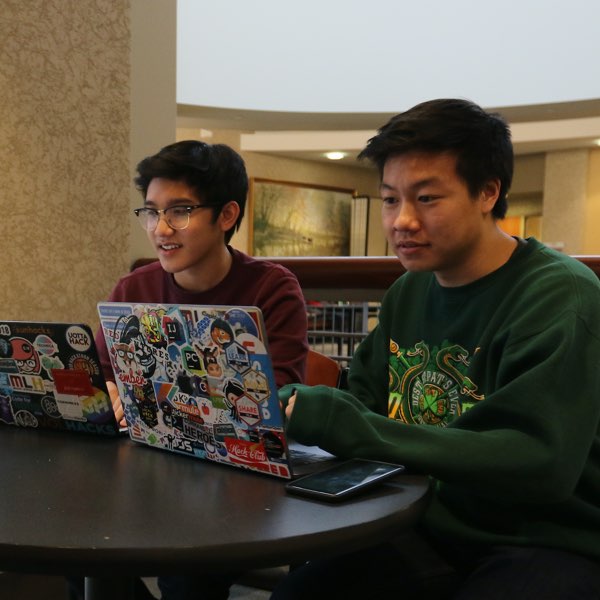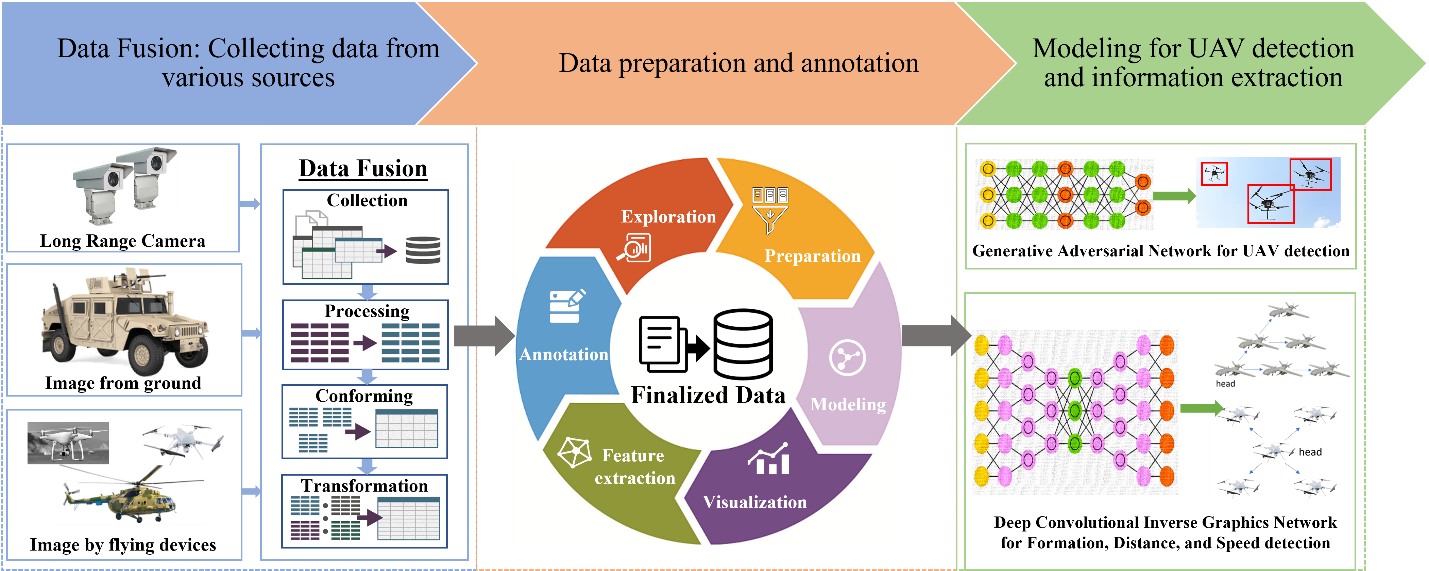Student Opportunities
Open Faculty & Staff Positions
There are currently no open faculty or staff positions in CS...check back soon!!

Program the Future
Computer science is in critical demand and the core of our modern world.
Are you interested in programming self-driving cars or learning how to prevent the next cyber-attack? Is computer networking, creating mobile apps or data-mining of special interest to you? Consider digging deeper into your own skill-set and creativity by joining the first, and best, Computer Science program in the state.
Degrees
Certificates
Start a career with a high-paying salary
$80,236
Average starting salary of computer science undergraduates
$115,125
Average starting salary of computer science graduate students
Research
In computer science
Research prepares students to be problem-solvers and innovators while also supporting the department's crosscutting areas of excellence.
Both undergraduate and graduate students have the opportunity to do research alongside expert computer science faculty in the areas of distributed embedded systems, machine learning, data mining, and software engineering. Or you can choose the interdisciplinary route, doing research beside faculty in various engineering disciplines.
Research Areas
Funded Research Spotlight

Machine Learning for Countering UAV-Swarms
Agency: ARO
PI: Sanjay Madria
Amount: $500,000
Time period: 10/2022 - 09/2025
The proposed research objective is to detect UAVs from images taken by aircraft, ground vehicles, or persons by applying machine learning models. The many different types of UAVs, such as micro-UAVs, large combat UAVs, GPS UAVs, High Altitude Long Endurance UAVs, etc., can be differentiated by their visual looks. Efficient detection and identification of them can provide probable motives/missions and how much priority should be given to them. A series of images of the UAVs can indicate velocity (direction and speed) but this approach has multiple challenges. First, images are taken from different distances and resolutions and hence the distance of the UAVs from the camera is estimated rather than fully known. Second, UAVs moving as, or within swarms/teams, have different formations when performing a group task which complicates inference. Third, relative motion between the camera, the target, and the surrounding scene can cause a significant and high-dynamic variation in illumination conditions, background characteristics, and target appearance. Therefore, three important detection cases and techniques are posed as the sub objectives: (1) To identify the UAV distance by detecting their size proportion in an image and their type with the actual size of a UAV; (2) To detect the formations of the UAVs as a group; and (3) Identification and classification of UAV by using radio frequency and electromagnetic emissions.

Follow Computer Science